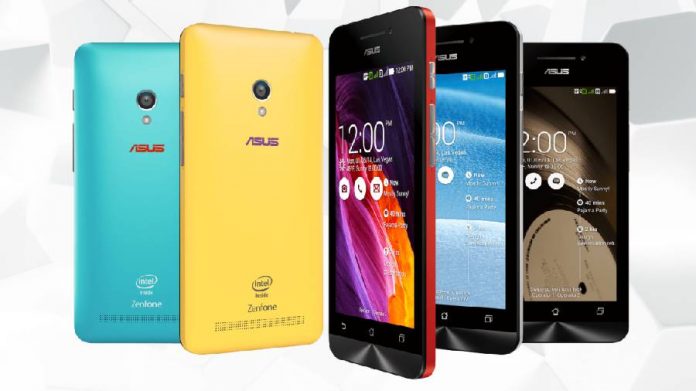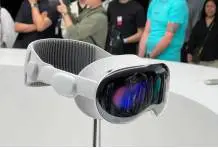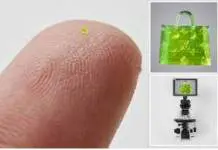
A press release from ASUS, dated January 4, surfaced today on their official website and revealed the ZenFone AR, their upcoming VR-enabled handset, will debut at the CES in Las Vegas, Nevada. The company deleted the article a few hours after that.
However, many online sources were quick to tackle on the announced specs and also showed that the phone would feature the Tango technology platform, formerly developed by Google, which uses computer vision for positioning.
ASUS is a Taiwanese technology company that became famous, initially, for its quality line of budget electronics, including laptops and tablets. The ZenFone lineup, however, is a premium category and the company looks to keep pushing it forward with the latest advancements.
The press release did not get into much detail about the ZenFone AR
The flagship gadget will come with a Qualcomm Snapdragon 821 SoC, logically, and its Tango integration will bring the Hexagon 680 digital signal processor and the Qualcomm All-Ways Aware Sensor Hub.
The document did not give out any details on the phone’s design, its RAM capacity, internal storage, or resolution. Eager users have already suggested specs similar to that of a Pixel phone, which would be necessary to sustain an AR-VR environment.
Qualcomm’s Spectra ISP technology aids the phone’s cameras as well, but the company did not disclose the lens resolution. However, users can expect a serious MP count and an AMOLED encasing, among other traits.
Asus will reveal everything at CES 2017
Level up! World's best processor now fully unleashed the potential! Save the date: 01.04.17 #ASUS #ZenFone #Zennovation #CES2017! pic.twitter.com/c6WuavRiHT
— ASUS (@ASUS) January 2, 2017
Las Vegas showgoers will see the new phone at Qualcomm’s dedicated booth at the Consumer Electronics Show, says the press release. The ASUS booth might feature it as well.
This event follows another recent ASUS leak which happened yesterday in which some slides revealed the specs of the upcoming Snapdragon 835, also expected to launch at CES 2017.
The new processor goes from a 14nm build to 10nm and will provide 20% better performance and 40% less power consumption.
10nm also means 30% less space overall and points out to a future of even thinner smartphones (or the same smartphones with even more hardware tucked inside).
About ASUS
Their ZenFone line has two critically-acclaimed variants, number 3 and Laser, which recently became available on Amazon last September.
ASUS became a reality in 1989. Their name comes from a mythological creature, the Pegasus horse. They are one of the best-selling electronics companies in the market today, given their broad range of products and branches.
Source: 9 to 5 Google










